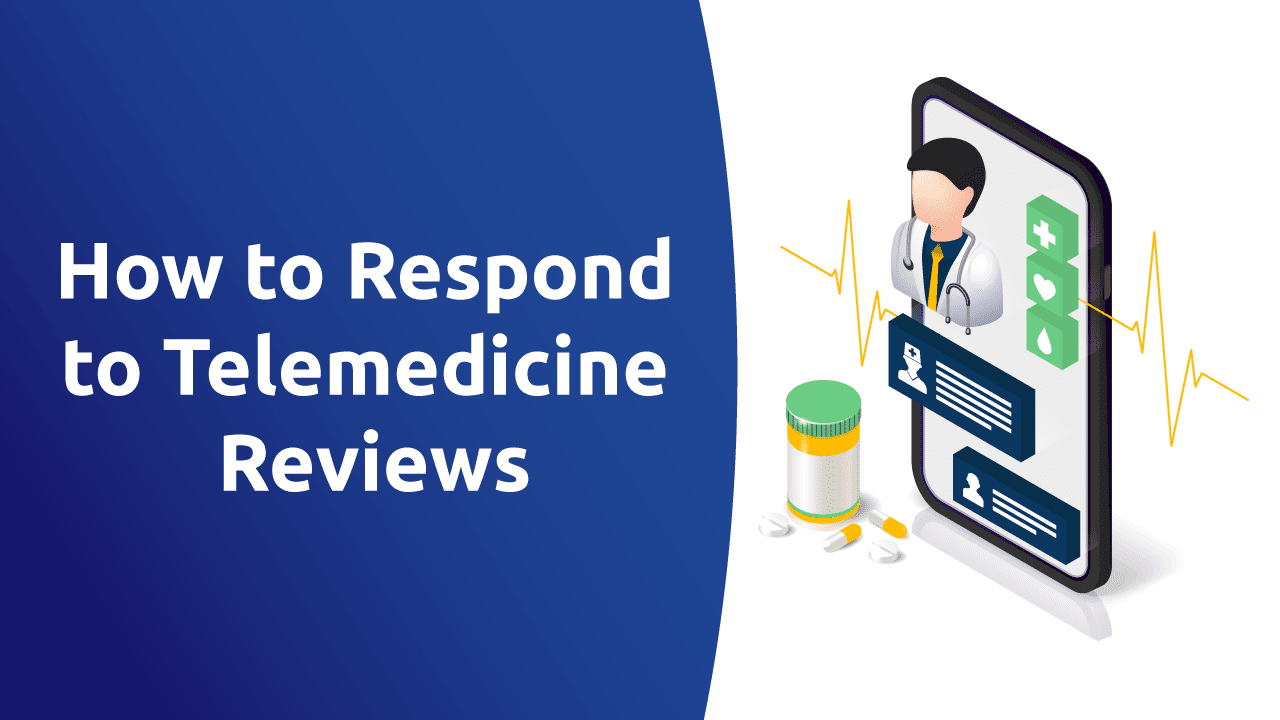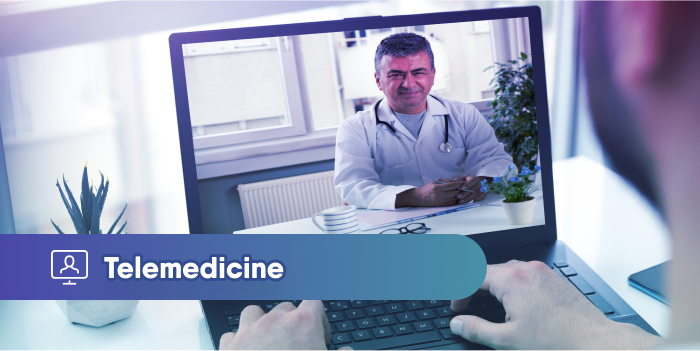Accepting Telemedicine: Changing Medical Care Distribution for a Modern World
The landscape of health care delivery is undertaking a considerable shift thrust by technical developments, with telemedicine emerging as an essential element in this transformation. As we browse an era identified by fast digitalization and evolving person requirements, the integration of telemedicine right into conventional medical care methods offers a compelling proposition. This ingenious approach not just holds the promise of boosting accessibility to care yet also stands to reinvent the dynamics of patient-provider communications. In exploring the ramifications and details of accepting telemedicine, a nuanced understanding of its complex effect on health care delivery in the contemporary globe becomes critical.
The Evolution of Telemedicine
Telemedicine has undergone significant development over the previous couple of years, changing the landscape of medical care delivery. Initially conceived to bridge the gap between doctor and individuals in remote locations, telemedicine has actually now broadened its reach to provide a broad variety of medical services through technological advancements.
In the early phases, telemedicine largely included assessments through telephone or video clip conferencing. Nonetheless, with the expansion of digital devices and platforms, healthcare specialists can currently remotely check crucial indications, conduct virtual exams, and even perform particular clinical treatments. This shift in the direction of more thorough online care has revolutionized the way healthcare is provided, making it more obtainable and practical for individuals.
Furthermore, the combination of digital health and wellness documents (EHRs) and telemedicine has improved control among health care groups, resulting in a lot more efficient and collective client treatment. Telemedicine reviews. With the recurring developments in man-made knowledge and remote monitoring gadgets, telemedicine is positioned to proceed advancing, providing innovative services to boost medical care outcomes worldwide
Benefits of Telemedicine Fostering
As the usage of telemedicine has broadened to include a wider spectrum of medical solutions and technological capabilities, the benefits of its fostering in modern medical care delivery have actually become significantly noticeable. One of the primary advantages of telemedicine is enhanced access to healthcare services, particularly for people in underserved or remote locations.
In addition, telemedicine can bring about better wellness end results with boosted treatment control. With the capacity to conveniently collaborate and share clinical documents with experts, medical care companies can use more prompt and detailed treatment. This streamlined strategy can cause faster diagnoses, reduced medical facility admissions, and much better administration of persistent conditions. Furthermore, telemedicine can aid reduce strain on traditional medical care systems by minimizing overcrowding in medical facilities and clinics, ultimately boosting general efficiency and individual complete satisfaction.
Conquering Telemedicine Challenges
Attending to the barriers integral in incorporating telemedicine into existing healthcare systems provides an essential yet surmountable obstacle for doctor worldwide. One major visit their website obstacle is the resistance to transform among both healthcare experts and individuals. Persuading typical healthcare providers to embrace telemedicine requires thorough training programs and continual support to make certain seamless combination. Moreover, clients might be reluctant to accept virtual appointments because of issues regarding the quality of treatment or a lack of experience with the technology.
In addition, governing obstacles and reimbursement constraints position significant difficulties to the widespread execution of telemedicine. Diverse state and nation guidelines relating to telemedicine practices produce a complex setting for service providers to browse. Compensation plans that do not effectively make up for telemedicine solutions can deter health care companies from investing in this cutting-edge approach to care shipment.

Enhancing Patient-Provider Interaction
Navigating the landscape of telemedicine obstacles illuminates the important need for boosting patient-provider communication in contemporary medical care shipment systems - Telemedicine reviews. Reliable communication exists at the heart of quality health care stipulation, and in the realm of telemedicine, where physical signs may be limited, clear and understanding communication becomes a lot more paramount
Enhancing patient-provider interaction in telemedicine entails numerous techniques. Establishing connection and trust fund through active listening and empathy can aid promote a strong patient-provider connection. Making use of secure messaging systems or teleconferencing tools can assist in normal and hassle-free interaction in between suppliers and people. Moreover, providing clear instructions, establishing sensible assumptions, and ensuring open lines of communication for follow-up questions can improve the general individual experience in telemedicine.
Future Trends in Telemedicine
Preparing for the evolution of telemedicine, improvements in modern technology and healthcare distribution systems are paving the method for cutting-edge approaches to client treatment. One of the future trends in telemedicine is the assimilation of artificial intelligence (AI) and maker learning algorithms to improve analysis abilities.
Furthermore, the growth of telemedicine services to underserved rural and remote areas is a critical trend. By leveraging telemedicine, doctor can reach people in remote locations, improving accessibility to top quality treatment. An additional trend is the continued growth of remote tracking gadgets and wearable technology, enabling real-time tracking of individual wellness metrics from go to the website a range. These innovations in telemedicine hold great assurance for transforming healthcare delivery and improving patient outcomes in the future.
Conclusion
Finally, telemedicine has revolutionized medical care shipment by enhancing access to care, raising efficiency, and enhancing client outcomes. Regardless of obstacles, the benefits of telemedicine adoption are clear, leading the way for far better patient-provider interaction and future developments in healthcare. As modern technology remains to develop, telemedicine will play a crucial duty in changing health care delivery for a click to read modern-day world.

Expecting the evolution of telemedicine, advancements in innovation and healthcare distribution systems are leading the way for cutting-edge techniques to person care. These innovations in telemedicine hold excellent guarantee for transforming health care delivery and improving client results in the future.
In conclusion, telemedicine has actually transformed medical care shipment by boosting access to care, boosting efficiency, and boosting client results.